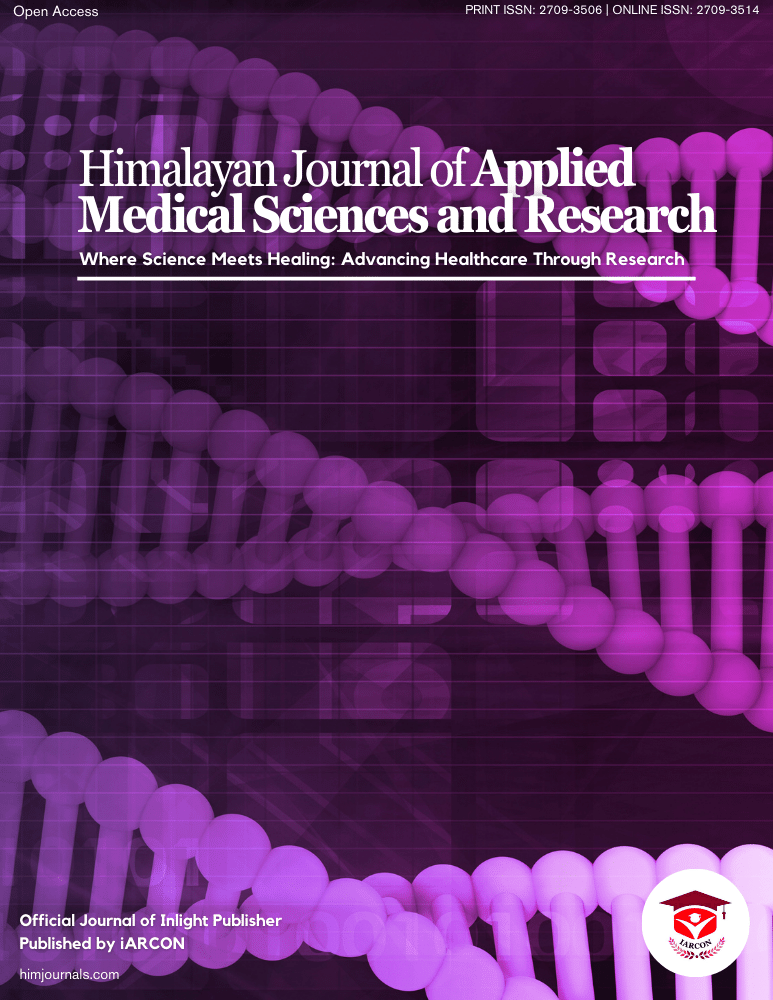Key findings:
Key findings from this study on mothers' knowledge about malnutrition in Dhanot, District Kangra, include: 71.75% of mothers were aged 26-30 years, 45.25% had secondary education, 92.25% were Hindu, 79.75% were homemakers, and 73.25% delivered in government hospitals. The study found that 76.5% of mothers had good to very good knowledge about malnutrition.
What is known and what is new?
The known aspect in this abstract is the critical role of mothers in shielding children from malnutrition through proper feeding practices. The new contribution is the specific evaluation of mothers' knowledge about malnutrition in the context of Primary Health Center, Dhanot, District Kangra, providing insights into the current level of awareness and the need for targeted interventions in this region.
What is the implication, and what should change now?
The implication of this study is the need for targeted educational interventions to further improve mothers' knowledge about malnutrition and promote optimal feeding practices for children under five. Changes needed include emphasizing the importance of early breastfeeding initiation, appropriate complementary feeding, and dietary diversity in health education programs to enhance the nutritional status of young children.
INTRODUCTION
Inadequate food nutrient intake leads to malnutrition, a condition that affects the body's ability to sustain healthy tissues and organ functions. These nutrients include minerals, vitamins, proteins, fats, and carbohydrates. Underlying causes of death and morbidity in children under the age of five include malnutrition. [1-3]
Given that mothers are the ones in charge of raising their children, it is crucial for them to be well-informed about their nutrition. Mothers who are better knowledgeable about nutrition can raise their kids in a healthy way and shield them from this illness. [4,5]
A number of studies have assessed knowledge about malnutrition in different parts of India; such studies are limited among mothers in rural areas of District Kangra. Thus the present study was developed to examine the knowledge towards malnutrition among mothers having under 5 children attending Primary Health Center, Dhanot of District Kangra.
Objectives of the Study
To evaluate the knowledge towards malnutrition among mothers having under 5 children attending Primary Health Center, Dhanot of District Kangra


